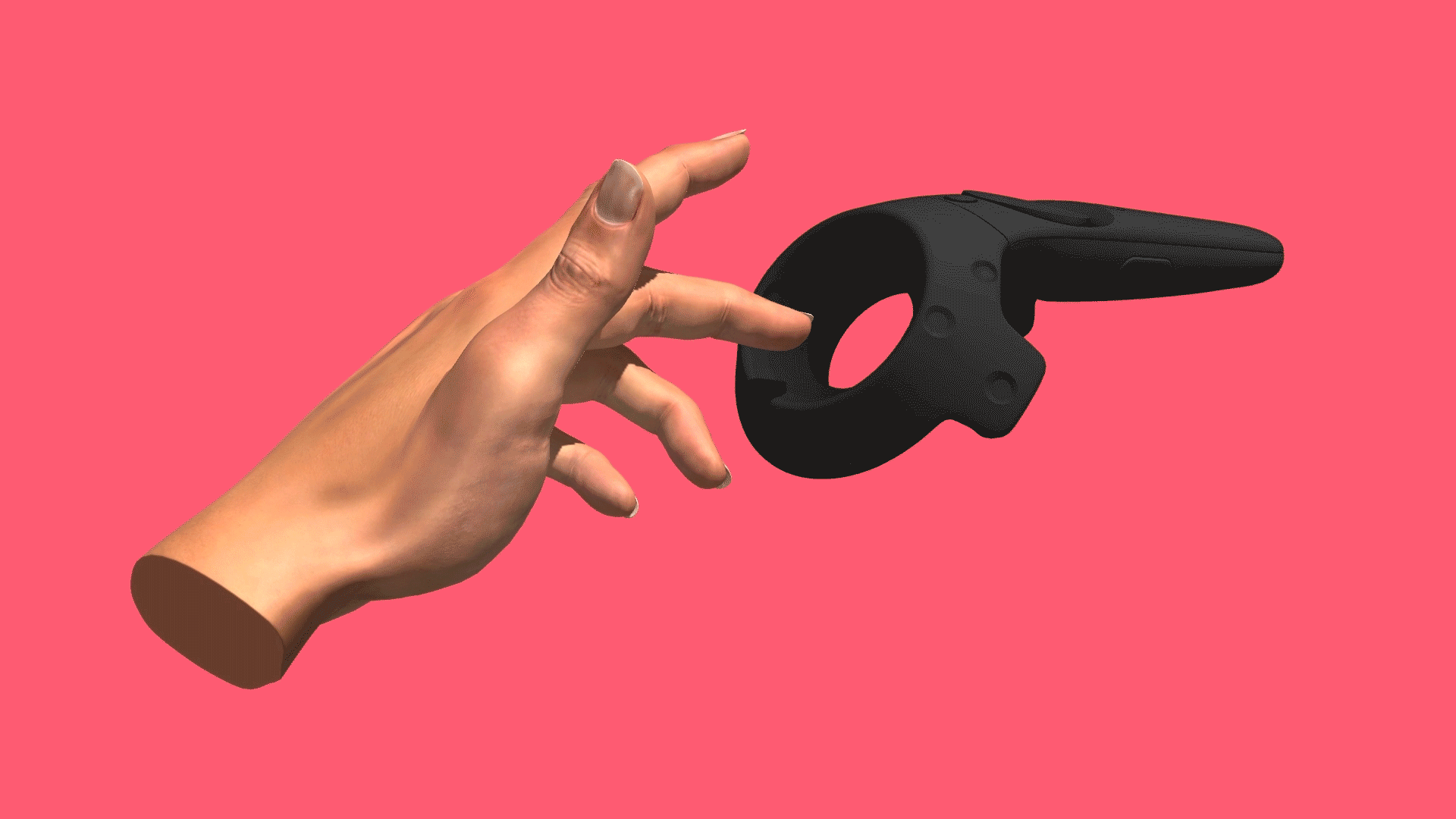Crypto has crashed and burned, but NFT visual culture is the better for it, and here’s why, says the pioneering artist and programmer
Feral File, launched in 2020, is one of the more inventive projects to come out of the recent convergence of digital art with Blockchain and NFT platforms. Founded by programmer and artist Casey Reas, Feral File is an online gallery, in which NFT artworks – by digital artists including Auriea Harvey, Mario Klingemann, Lu Yang and Sarah Friend – are brought together by changing guest curators. While the NFT explosion put the focus on high prices and star names (think Beeple), Feral File experimented with how the relationship between artists, curators and the market for digital works might support artists more equitably, while showcasing artists and projects that reach beyond the NFT hype. In the wake of the crypto crash, J. J. Charlesworth spoke with Reas about the origins of Feral File and the recent launch of the platform’s second iteration, Feral File 2.0.

ArtReview Feral File came out of your 2019 project a2p – ‘artist to peer’. That platform was very convivial – allowing artists to share and ‘trade’ their works with each other. But with Feral File you’ve been dealing more actively with the other relationships that go on in an art ‘scene’, which are both economic and institutional relationships: you have the artist, the curator and the collector; relationships that are potentially ones of unequal influence. So it seems that with the shift from a2p to Feral File, you’re dealing with the different pressures that come to bear on that more ideal model of artists sharing a community, before a market gets involved.
Casey Reas I think that’s right. a2p was people coming together in a very convivial, social way. It was only artists to artists. A tension in a2p was that there were, say, 75 artists and only ten editions for each artist. There was this trading and bartering that was meant to be lighthearted and in good fun, and I think for most artists it really was that. But it wasn’t good for everybody.
I think of Feral File as a2p, where the artists still trade with every other artist, but we make additional editions where collectors can come in. So if there are ten artists in the show, each artist gets a work from the other nine artists, and then collectors can buy from the rest of the series. We’re trying to make healthy relationships between the artists and the curators, the gallery and the collector. I think this is a part of the new Feral File 2.0.
The shows on Feral File, where the artists have come with that same mindset – thinking ‘we are doing this together, we’re an ad hoc collective for the show, we’re going to be helping each other and supporting each other’ – those are the shows we’ve been most excited about. We’re trying to create a culture where if you’re up for supporting and sharing with other artists, then this is a really good place for you. But if you want to argue that your market value is higher than that of other artists, and therefore you should be making more from sales, this is not the right environment for producing the work.
AR You mentioned Feral File 2.0’s shift away from serial editions of a single work to works that are unique variations on a particular theme. Does that reflect how generative art and code-based art has become quite an important strand within NFT artistic culture?
CR A lot of things about Feral File are very personal and biographical to me. One of the primary reasons we created Feral File was to support generative artwork. I’ve worked with companies like Sedition and Niio and Electric Objects for a very long time. Everybody’s interested in working with code, with generative work, but in the end it never happens. That was one of the primary reasons Feral File came about: I needed to have a place for software work, for code-based generative work, to be distributed. The first show on Feral File, Social Codes [March 2021], was generative art. The first show on 2.0, N=12, is also a show of generative art.
And at the same time, I believe in the widest definition for digital art: video, text, 3D models, synthetic photography, and I want Feral File to be a home for all the diverse media and formats of digital media. I have to give Art Blocks credit for being the first platform to explore the potential of generative art. I’ve been showing software in galleries for over 20 years now, and whenever I would do that, I would have one piece of software that could do a million different things. One piece of code doing a million different things going to one collector. The thing that Art Blocks did was split one piece of software into 10,000 different things, or use one piece of software that split into 1,000 different instances. Each instance of software in the series has its own thumbprint, has its own icon or features that make it unique from every other one. I think that’s something really essential to digital media and something that Erick Calderon, in developing Art Blocks, has really made a strong statement and definitely influenced a lot of the thinking around Feral File 2.0.
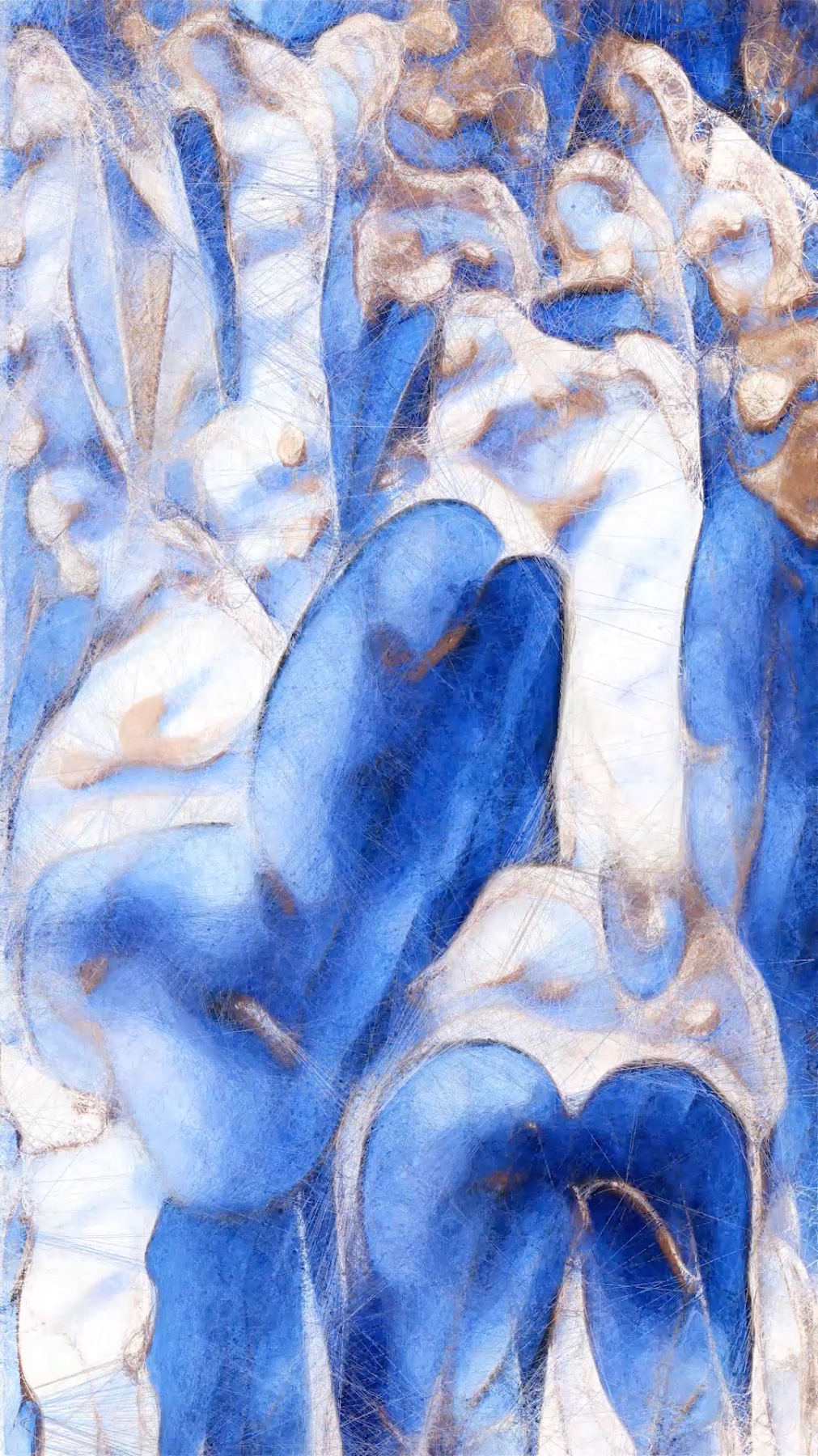
AR What’s interesting about Art Blocks and the generative art paradigm is that it’s very focused on the parameters of the relationship between code and what it produces artistically. There are also different discussions around moving image, which relate to CGI, live and generated CGI, which may have nonlinear aspects to it. Is there also an element of seeing how that kind of generative artwork may bleed into different image-making paradigms?
CR These ideas have been flowing for such a long time, and I’m excited to see them merging. The generative art and code-based art community was once isolated from the larger art community. I think of generative work as relating to the history of performance, like Fluxus, as well as to the history of video art. When generative work is operating, it is a performance – I don’t know what’s going to happen one minute to the next, I’m often surprised. For example, Harm van den Dorpel’s Mutant Garden Seeder [2021] is a work where you can look at it one day, and it might be different than it was the day before. And you never really know when it’s going to ‘mutate’, to use that biological metaphor. I think Matt Kane’s Gazers [2021] is a really interesting work; it cycles with the moon and its phases, so it’s active in different ways when different celestial events are happening. This ‘liveness’ is the whole reason I’m excited about generative art. The aesthetics of change, the aesthetics and nonlinearity, are where I get really interested and excited about how that can play through, that’s why I got engaged in code in the first place. These are things that really have this decades-long history that are now connecting through the idea of the generative series applied to more traditional media.
AR But just as many Feral File works aren’t in that field. In the works you’ve exhibited on Feral File, there’s also a lot of iconography and narrative; there are cultural themes that emerge. Do you think that you’ve gathered a community that deals with certain ideas and questions in particular?
CR I have pretty specific interests within my own work, but the mission of Feral File is not to explore just one small area, it’s really this idea of inviting a curator to follow their vision. One of my roles is as an educator. I’ve been teaching at UCLA for 20 years, where I work with students with all different kinds of interests, and I want Feral File to support that as well. For example, issues around bias in AI, like the In/Visible show that Linda Dounia Rebeiz curated in June 2023. The Gray Matter [2022] solo exhibition of Auriea Harvey is a standout – she is working with scanning and modelling herself, moving back and forth from software to material to explore ideas around physicality in the virtual. I hope that every show can go deep and significantly into something that is culturally relevant. That’s the idea of bringing in different curators for different shows, so that we can really cover a wide terrain, rather than being like a gallery with a set programme.
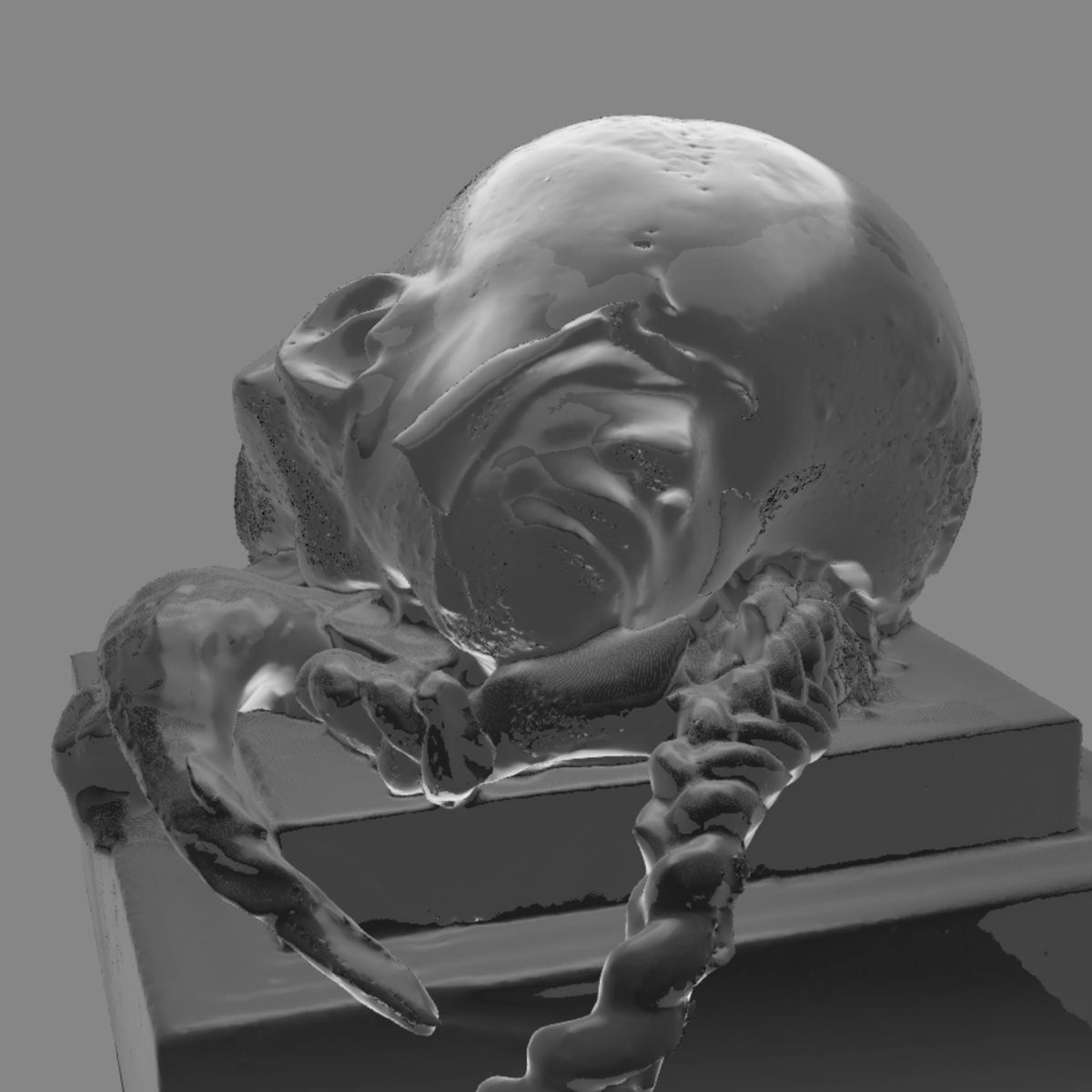
AR The reaction from the established artworld to the NFT boom was often incredibly snobbish; for many commentators it was portrayed like an incursion of degraded mass-culture. I wonder how Feral File might create a public for more subtle and considered thematics that come out of that culture, but which aren’t easily dismissed as just hype, or as ‘pop culture gone mad’?
CR One thing I’ve noticed over the years is that if there’s an opening, for example, at Bitforms Gallery [a gallery focused on digital art] in New York, it’s a really exciting, high-energy event. There are hundreds of people there, very engaged with the work; a lot of students coming in from Parsons and NYU and all sorts of other people from the community. And I think one idea for Feral File is to have that energy, but to have it be more global and more accessible – not everybody can be in New York…
To the larger question of NFTs, I think everything got grouped together, and so NFT just became a toxic acronym, and serious artists who were working and releasing things as NFTs got grouped in with all the other insanity that was happening, the gross commercialisation and the scamming. One concern I have is that the digital art community has been working for decades to establish itself and to create new institutions, but also to establish itself in more traditional institutions – like, for example, the good work curator Christiane Paul has been doing at the Whitney Museum. I’m concerned that all the backlash and negative energy around NFTs did a lot of damage to the work that curators and artists had been doing in good faith.
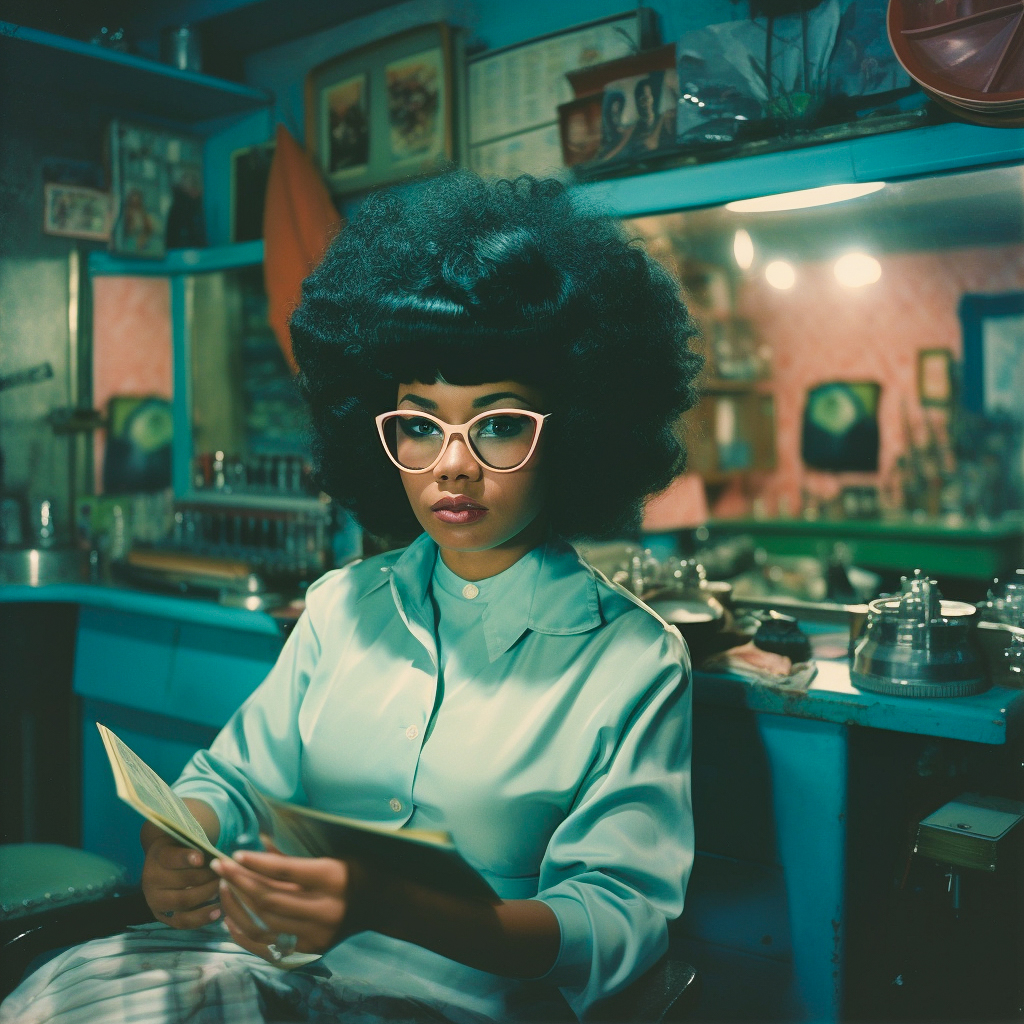
AR There have been a few attempts to create a digital viewing and collecting platform, which predate the NFT boom. But a question, with tokenised or blockchain art, is whether it might ever turn into an experience that isn’t restricted to a PC screen. You’ve also launched the Autonomy app, how does this address that issue?
CR With Autonomy, the primary motivation was that when you are collecting ‘tokenised art’ – though I could use many different terms there – you’re effectively viewing your work in a financial application, like a Ledger wallet or other cryptocurrency application. Autonomy was made to be a place where, outside of all that financial data and information, you’re just looking at your art collection. Another important part about Autonomy is the ‘casting’ – getting it off your phone, off your laptop, onto a display that you may have in your home or your office, or archive or whatever. That’s still like a missing piece for digital art. Being able to view it on your browser on your phone has finally worked – that was a piece that was missing for a very long time.
I’m of a generation where we were releasing work on CD-ROM, that was our distribution mechanism – and even floppy disks before that! So being able to release things through the web, being able to view them on personal devices, is great. I think a lot of the pieces that we show on Feral File actually would work best in a gallery installation, would work best in a ‘black box’, with specific projection at a specific scale. We’re still working on conveying this as our vision for how the work should be treated and installed.
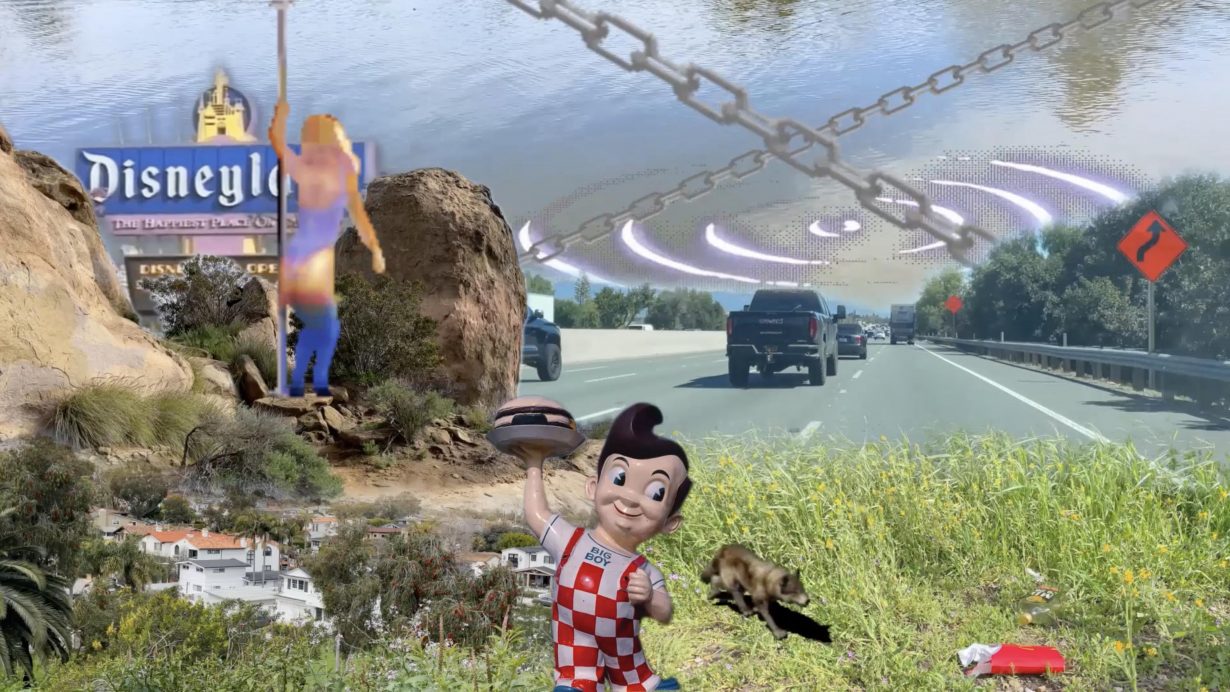
AR Feral File has worked with Bitmark blockchain from the outset, and now you’re extending that to Ethereum and Tezos?
CR When Feral File started we were excited about blockchains, but we were very sceptical about cryptocurrency. So when we first launched, we were blockchain-based as a way of doing certificates of authenticity (COAs) and as a way of securing the rights to the work. But we weren’t working in cryptocurrency. Feral File was cofounded by Bitmark, who had their own blockchain that predates Ethereum, and we used Bitmark to record the artworks. But we learned, in the process of experimenting, that Bitmark wasn’t really where the collectors were, where the energy was. We’re sunsetting the Bitmark blockchain, and our idea is to follow the lead of artists where they want to mint their work, on whichever blockchain they feel is most representative of their collector base. We’ve been migrating to Ethereum for a long time. And for the last nine months we’ve been minting works on either Ethereum or Tezos, based on the artists’ preferences.
AR Do you see the crypto and blockchain ecosystem stabilising in a way that allows for a bit more planning and longevity?
CR I do. When Feral File started, it was a rare animal, there were very few online galleries working in this area. And over the last few years, more and more people have come to experiment. Another reason for the 2.0 launch is to use those two years to figure out who we think we are and then focus on that in relationship to everything else that’s going on.
There is still a lot of energy and excitement around generative art. What Art Blocks is doing, what fxhash is doing on the Tezos blockchain, what Bright Moments is doing; I think the community is still really strong. While the market for NFTs at large has collapsed, there’s still a lot of momentum there in the wider digital art community. There’s not the energy that was there in fall 2021, following the NFT boom of late 2020 and early 2021. That was just unprecedented. But by just adjusting expectations a little bit, there’s a strong foundation for many artists and many collectors and many creators to move forward together.
Feral File’s programme continues with SOURCE, curated by Operator, 0XDEAFBEEF and Casey Reas, from 14 September
